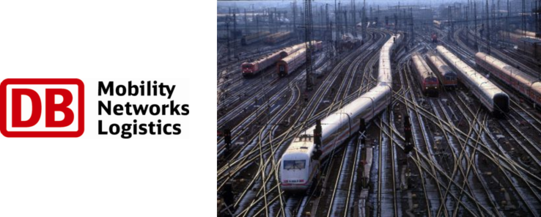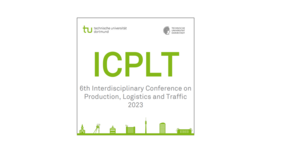Efficiency in logistics facilities (ELA) - Sub-project: A user-guided planning tool for bundling production forms of rail freight transport
- Mathematical Optimization
Future rail freight transport - A user-guided planning tool for bundling product types using decentralized transfer points
Background
The project dealt with new planning rules for single wagonload traffic. In some cases, existing planning systems no longer offered sufficient flexibility to manage the growing demands of rail freight transport in such a way that economically effective operation was possible. The aim of the project was to make the findings of modern mathematics usable for operational practice in rail freight transport.
Approach
The core of the project was a new system for calculating routes for freight flows. In the field of route optimization, mathematical optimization offers numerous successful solutions for problems of the most diverse nature. The topic was treated mathematically right from the start. Already in the first phase of target specification, all aspects were considered from the point of view of mathematical modeling. This resulted in an integer optimization problem whose structure cast the wishes of the practice partner into a scientifically treatable framework concept.
The problem is so complex that no commercially available software system was able to solve it in a reasonable time and quality. The next step was therefore to apply state-of-the-art mathematical methods (such as column generation and branch-and-price). Highly specialized algorithms were designed that made the best possible use of the structure and characteristics of the problem under consideration. It was always necessary to reconcile practical knowledge of the path systems with the requirements and possibilities of mathematics. The focus was always on the practical feasibility of the results. Extensive test scenarios were therefore planned to examine the newly developed algorithms in terms of their suitability for everyday use. The results were then checked for consistency with potential future users and experienced railroad dispatchers.
Desired results
The result is a fast algorithm that generates a numerical solution of the developed model with mathematically describable quality. The algorithm is designed in such a way that it can be integrated into other planning tools in order to suggest sensible decisions to railroad dispatchers.
Contact person:Prof. Dr.-Ing. Uwe Clausen
Funding and partners
DB Mobility Logistics AG





